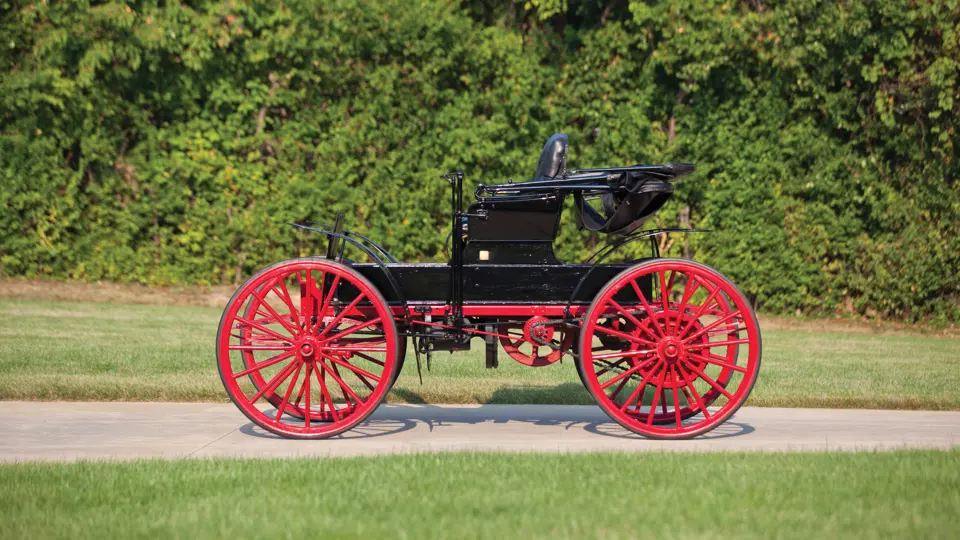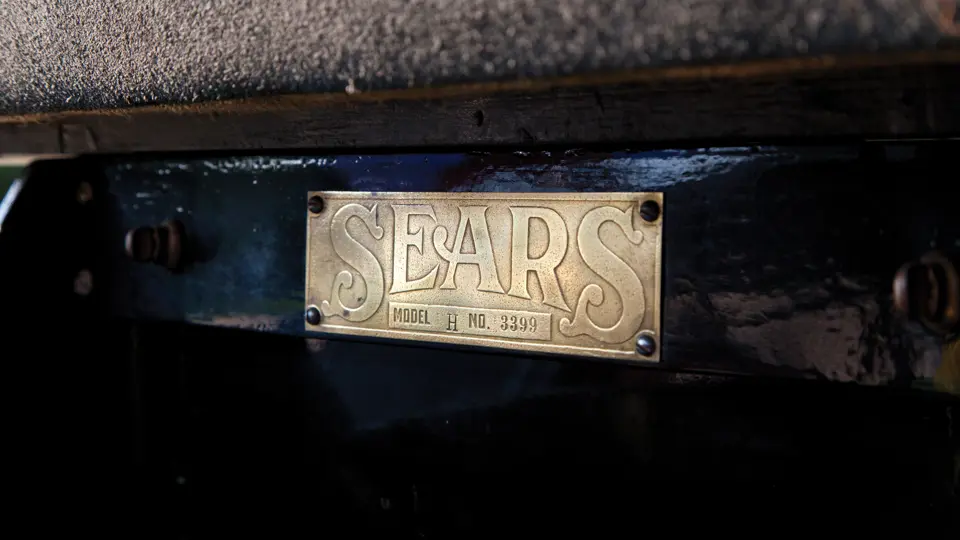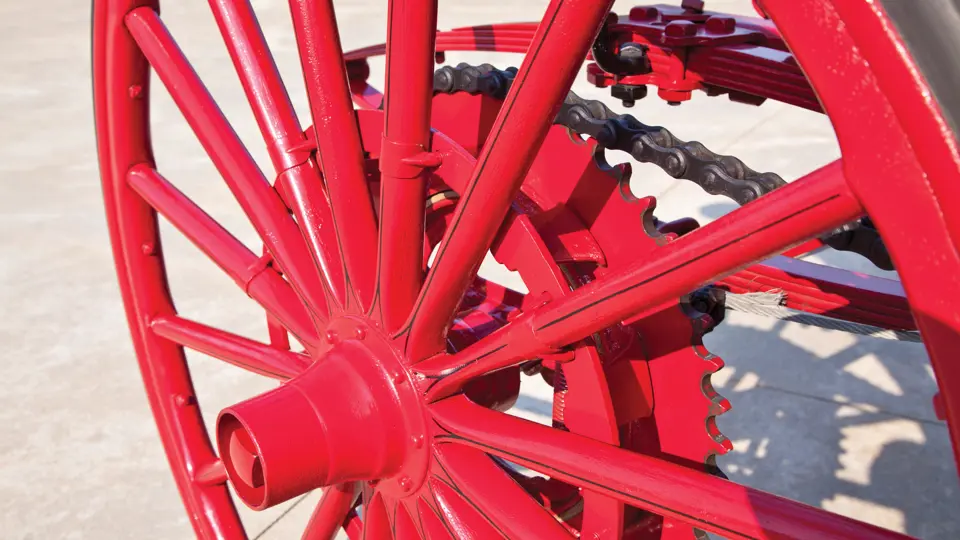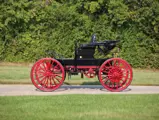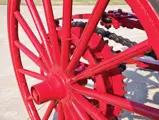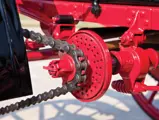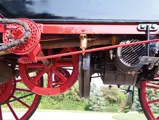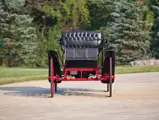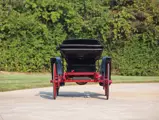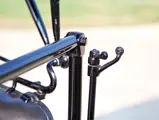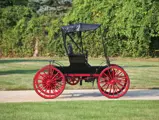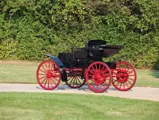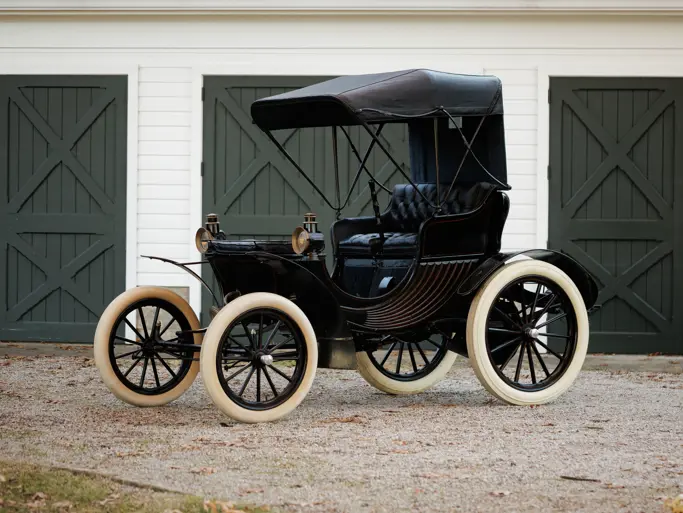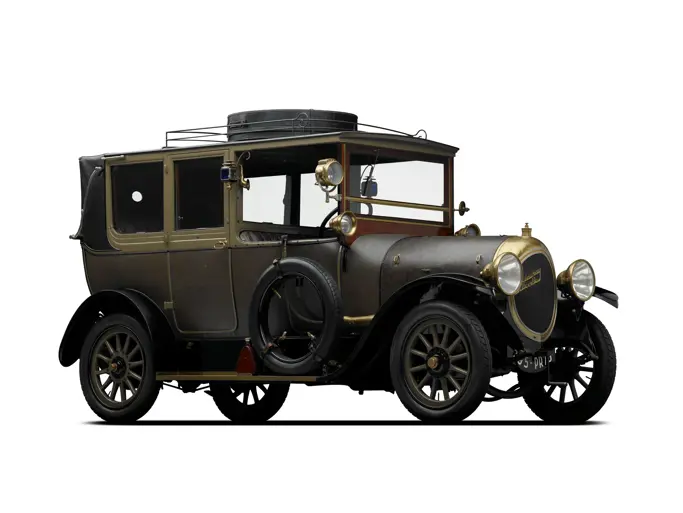10 hp, 103.7 cu. in. horizontally opposed air-cooled two-cylinder engine, friction transmission with double chain drive, solid front and rear axles with full-elliptical leaf springs, and two-wheel mechanical brakes. Wheelbase: 72 in.
In 1908, Sears, Roebuck and Co. entered the automobile age. In that year’s Fall mail-order catalogue appeared the Sears Motor Buggy, a $395 high-wheel runabout. The impetus came from Alvaro S. Krotz, an engineer and inventor. Krotz, who had designed a simple, inexpensive car, visited Sears and sold the giant company on placing it in their catalogue.
First, he needed a factory, and one was found in Chicago, Sears’ home territory. Krotz managed the new factory, and Sears’ own W.M. Tippett headed sales while another Sears employee, Percy Herrick, supervised production. The Motor Buggy was an assembled car, with parts purchased from many sources, although some were specific to this application. The engine was a two-cylinder, horizontally opposed, air-cooled unit of 10 horsepower, and it drove through a friction transmission, then a common design (and indeed used on some lawn tractors to this day). A Schebler carburetor provided fuel, which was ignited by a jump-spark from dry-cell batteries. Lubrication was a combination of force-feed and splash. The chassis was pressed steel, and wheels were made of hickory with solid rubber tires attached. The steering tiller was on the left.
The basic model, with few amenities, was called Model G. Model H added fenders and a top. Model J had running boards, and Model K had cushion tires. In 1910, Sears caved in to the fashion of the day and began calling it “automobile.”
Prices actually went down as time went on. The basic Model G dropped to $370 for 1910, then to $325. In five years, some 3,500 were sold. Then, the accountants had their say and announced that the company had lost money on each one. In the 1913 catalogues, automobiles were absent, but the 3,500 people who had bought them were more than satisfied. J. Perry Silver, of Lebanon, Indiana, wrote to Sears, “When I drive home with my Sears car it is soon in the shed. Feeding, watering, hitching and currying are things of the past. I have it all done and am up to the house in two minutes.”
The Sears Motor Buggy offered here is the Model H version with fenders and a top. Although it has mounts for lights, they are not present, as they would have been on the more expensive models.
Some 30 years ago, it was purchased by Verne Lavaster from the estate of a Mr. Walden. It was restored about 10–12 years ago, with black leather upholstery and a new black leatherette top. The wheels are new, created by Amish craftsmen. It runs well and reportedly starts at the first pull on the crank.
This is pioneering motoring at its most entertaining!




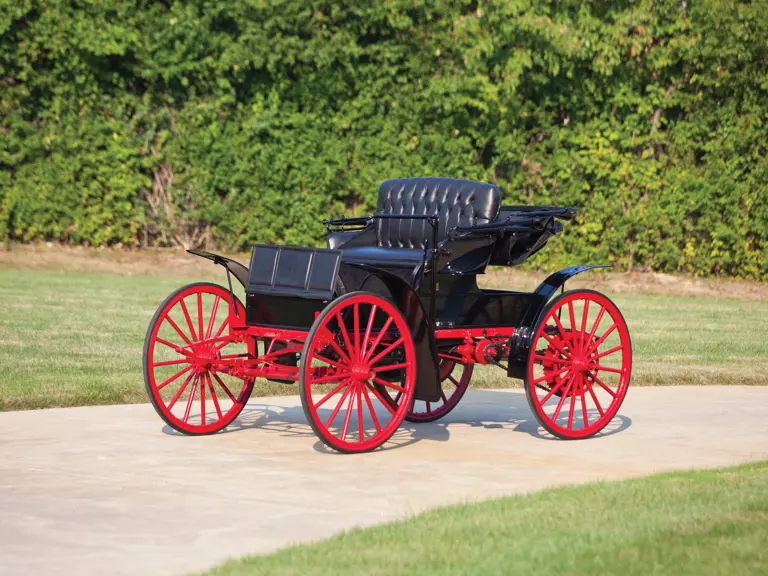
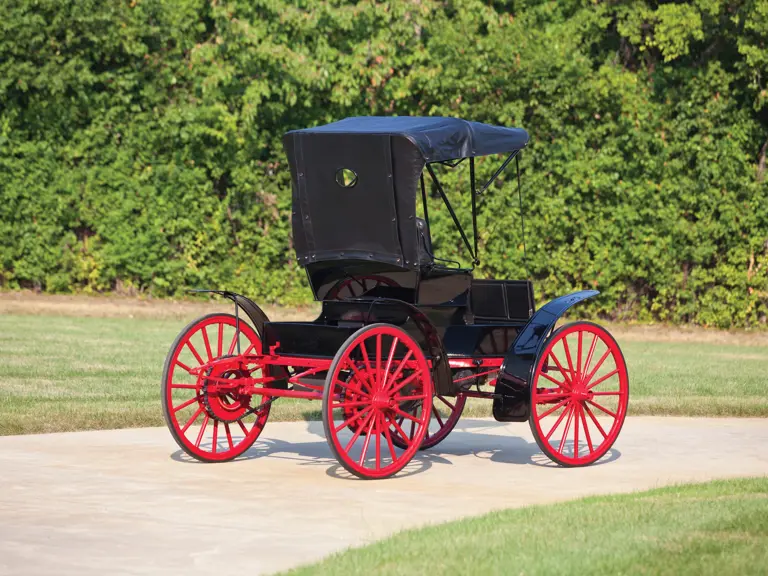
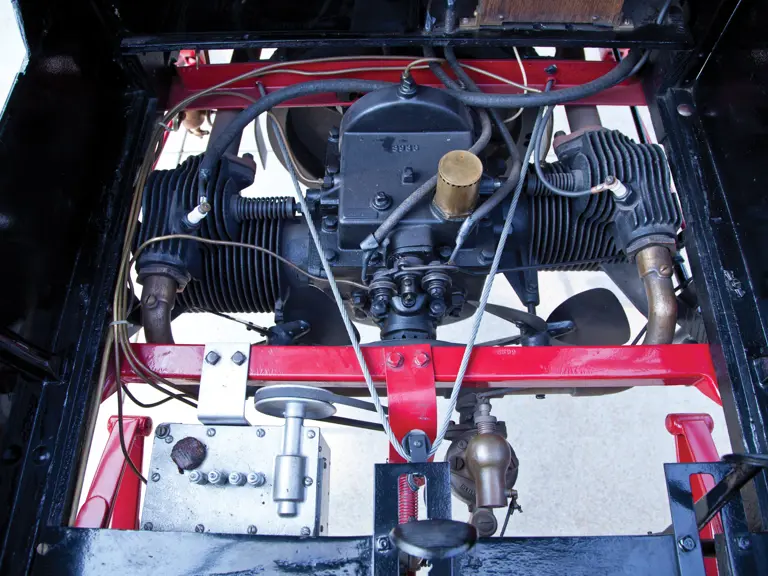
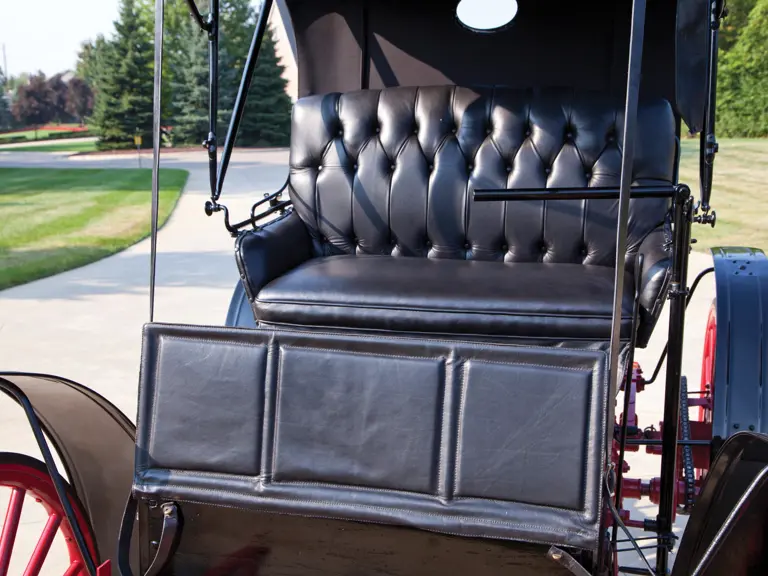
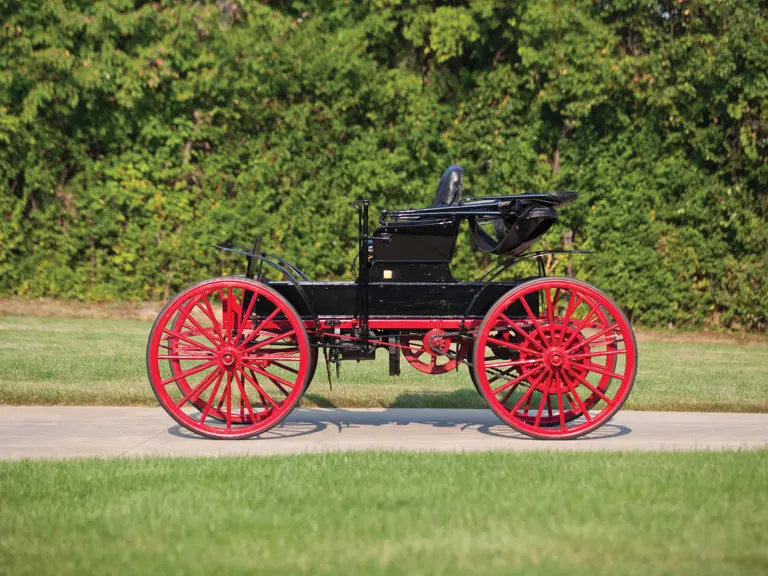
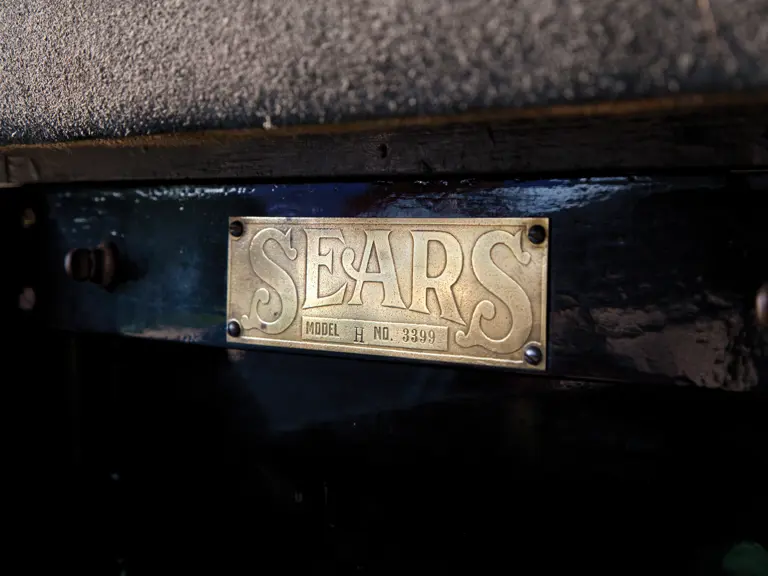
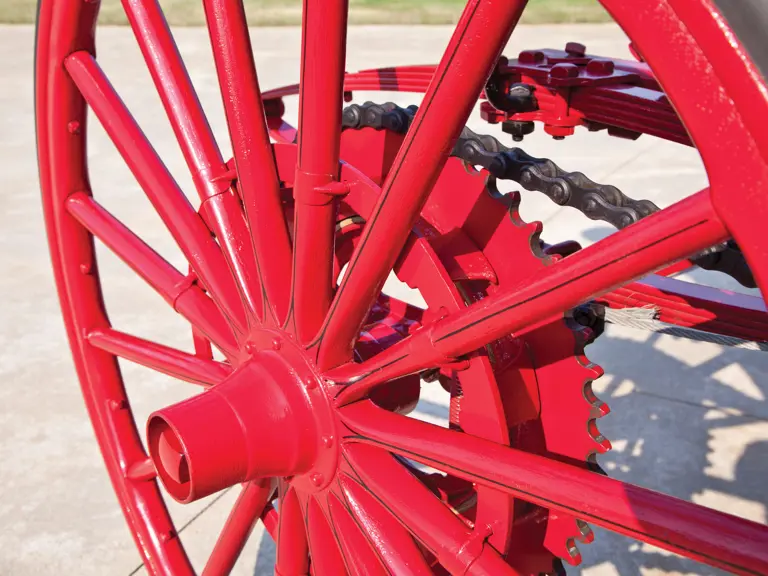


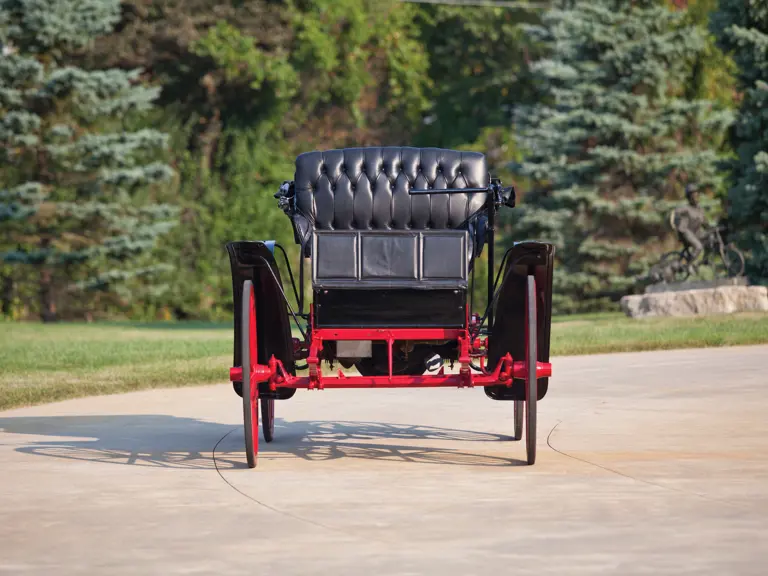

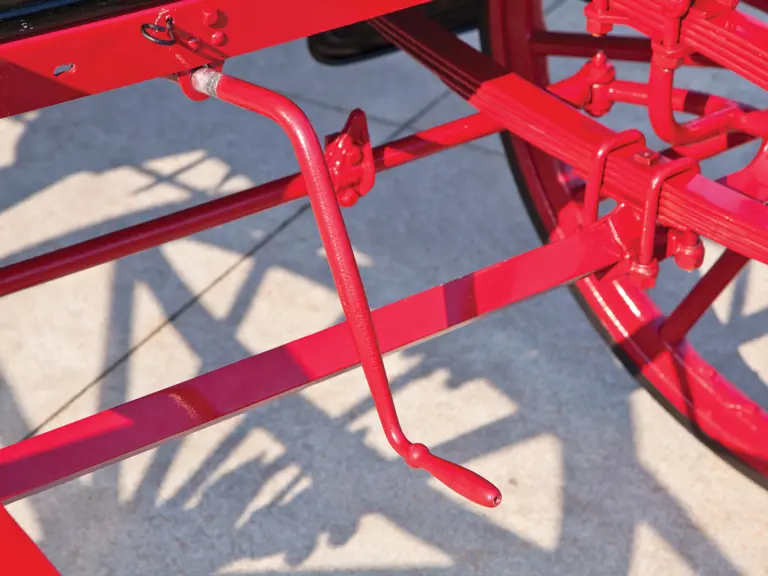
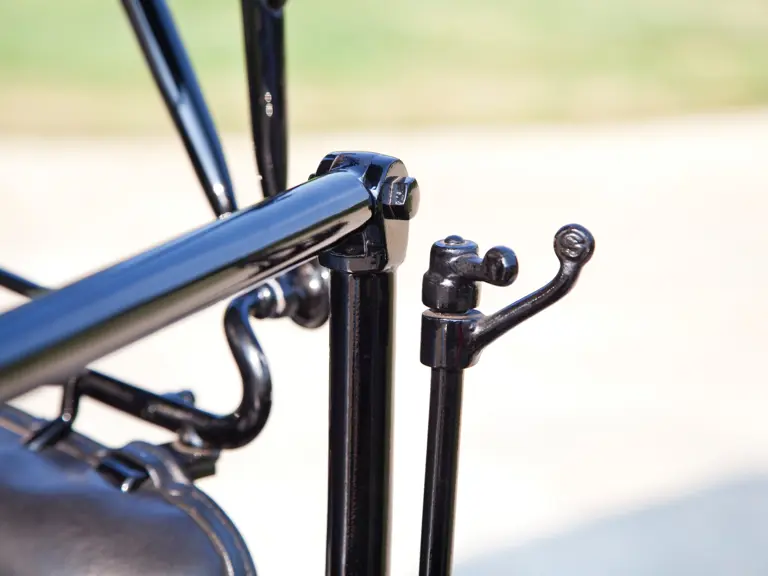

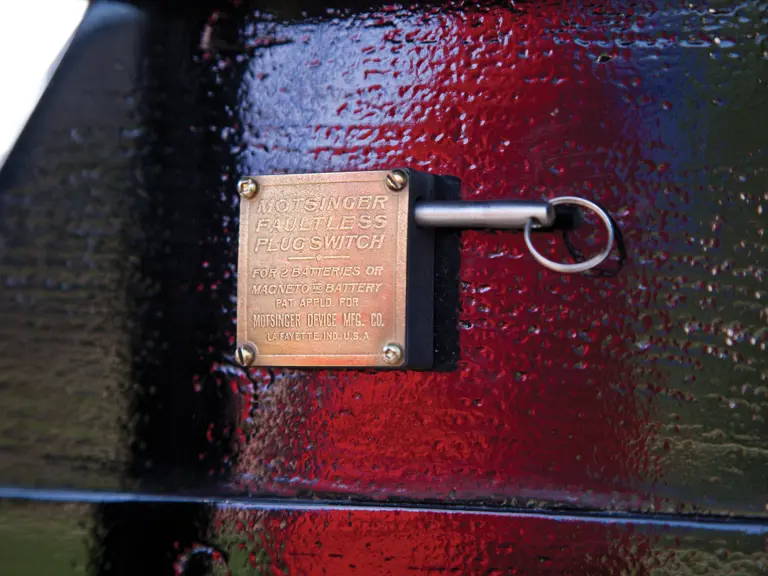
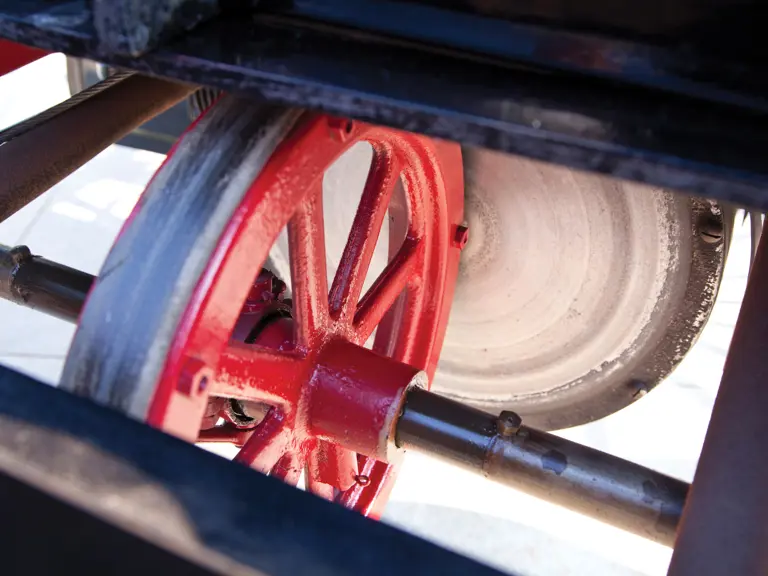
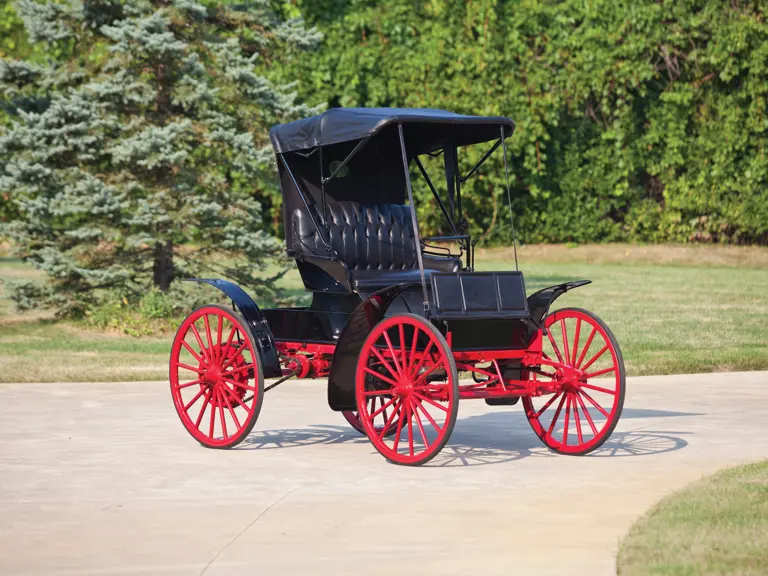
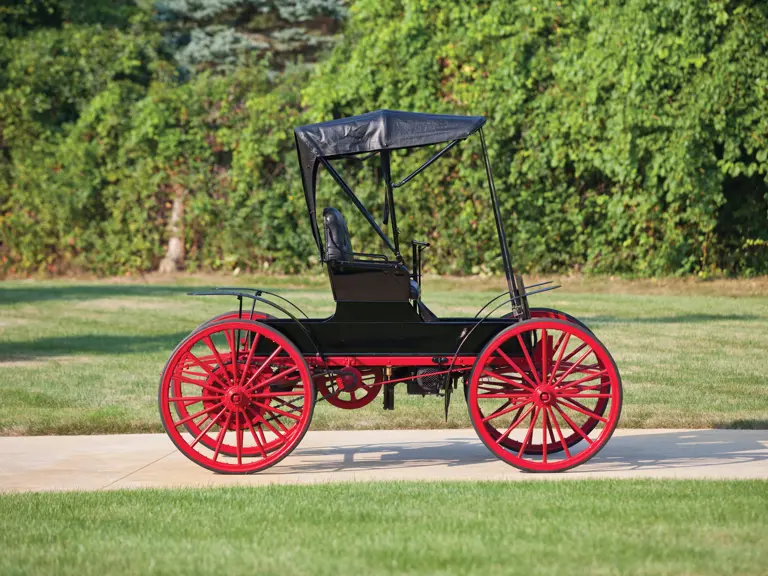
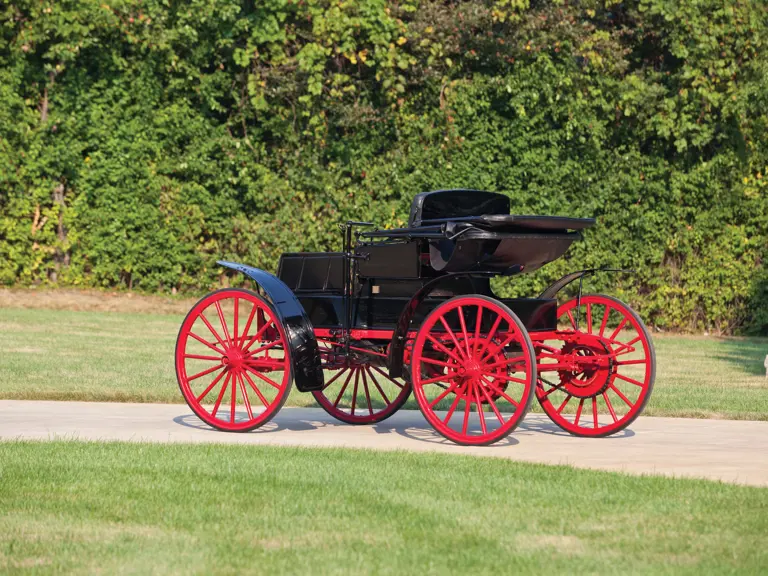

 | Hershey, Pennsylvania
| Hershey, Pennsylvania
